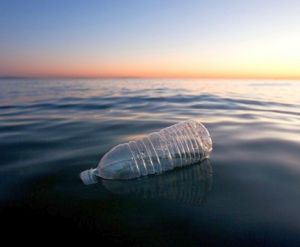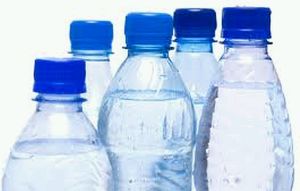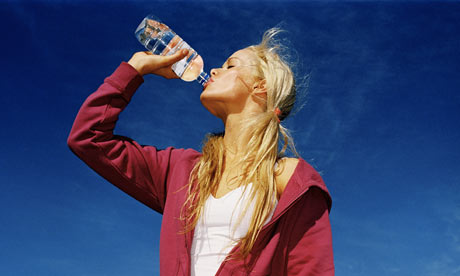Baxter Dmitry – Many people buy bottled water thinking it is purer than tap water and safe from contamination by fluoride, but the FDA allows bottled water companies to put fluoride in their product without telling customers – and many of them do just that.
Why would a company secretly put fluoride in their product without informing their customers? Your guess is as good as mine, but what I can tell you is which bottled water brands to avoid at all costs, unless you are happy ingesting a known neurotoxin as part of your daily routine.
The fact is that many processed beverages and even food contain fluoride. It’s no wonder that dental fluorosis has skyrocketed in the U.S. over the past 60 years (image below). Dental fluorosis is a side effect of fluoride ingestion that typically effects children. And it’s awful. Click HERE to see what it looks like, but you might want to take my word for it because it’s not a pretty sight. Continue reading


 Bottled water is one of the most convenient beverages. These days it’s right up there with Coke and Pepsi in terms of availability and abundance in the marketplace. Of course when these large corporations are also 50% of the market share for bottled water, you would expect to see this sort of thing.
Bottled water is one of the most convenient beverages. These days it’s right up there with Coke and Pepsi in terms of availability and abundance in the marketplace. Of course when these large corporations are also 50% of the market share for bottled water, you would expect to see this sort of thing. Several companies have stopped using BPA in plastic production due to consumer outrage, but just because a plastic container says it is “BPA Free” doesn’t mean it’s free of potentially harmful chemicals. As a matter of fact, recent research out of Germany indicates there are more than 24,000 of such chemicals in any given bottle of water—with some of them causing serious hormone-disrupting effects.
Several companies have stopped using BPA in plastic production due to consumer outrage, but just because a plastic container says it is “BPA Free” doesn’t mean it’s free of potentially harmful chemicals. As a matter of fact, recent research out of Germany indicates there are more than 24,000 of such chemicals in any given bottle of water—with some of them causing serious hormone-disrupting effects.